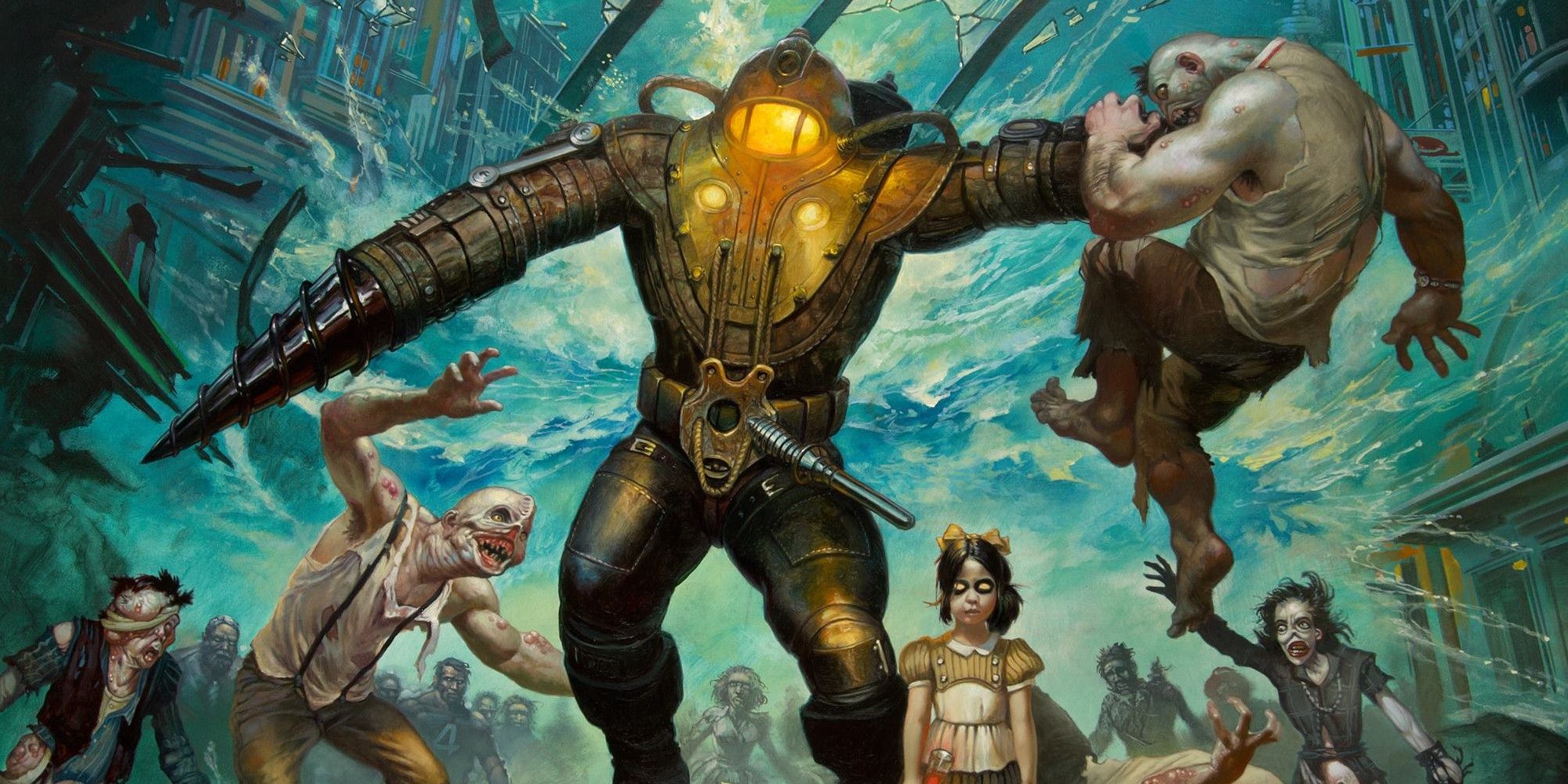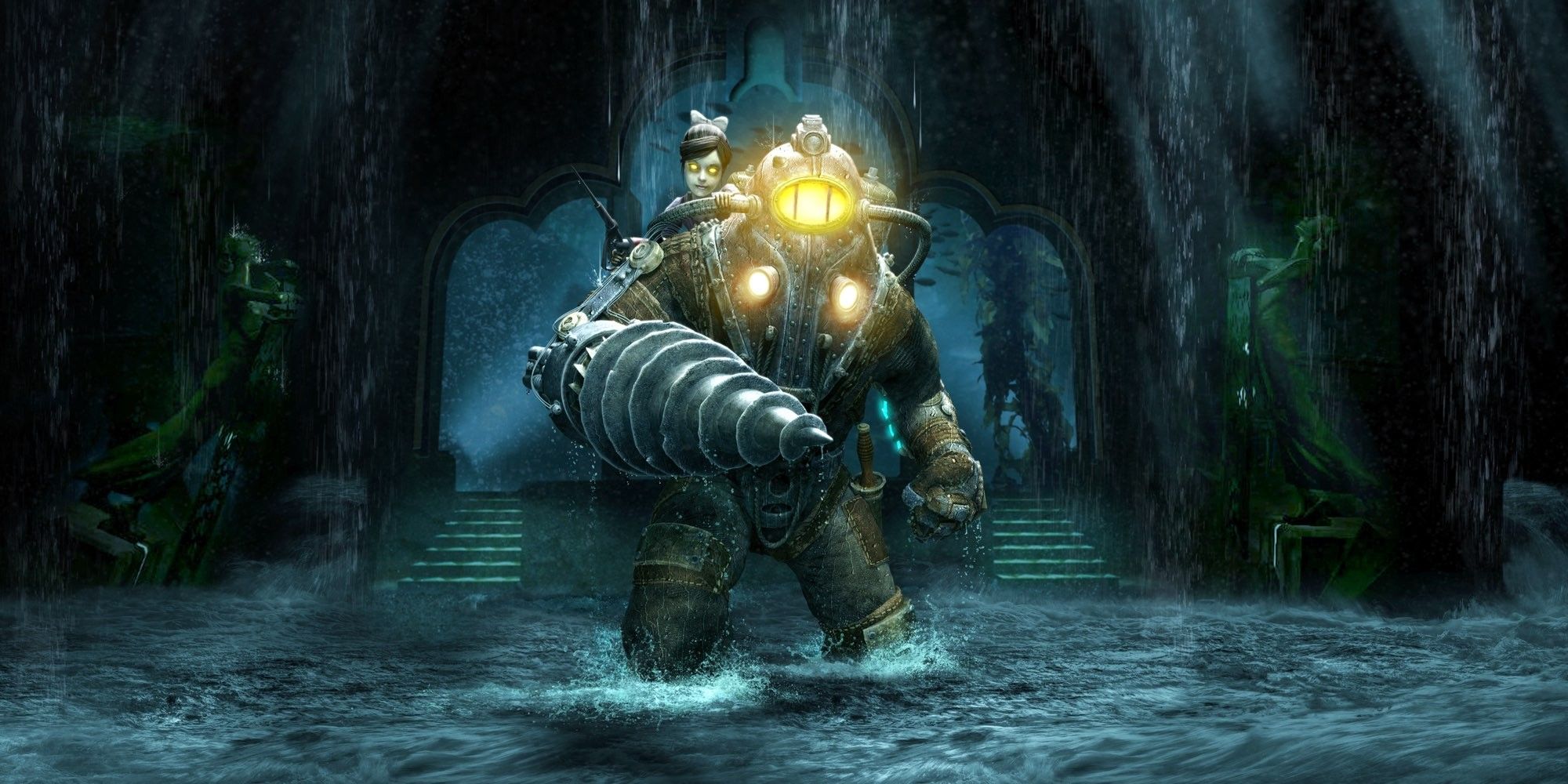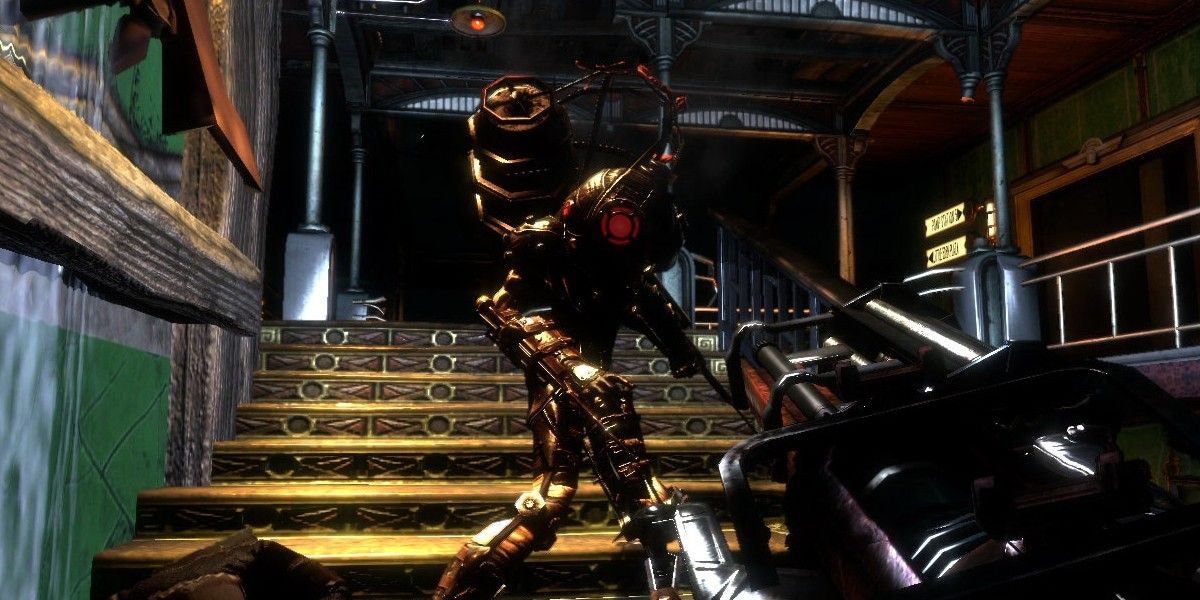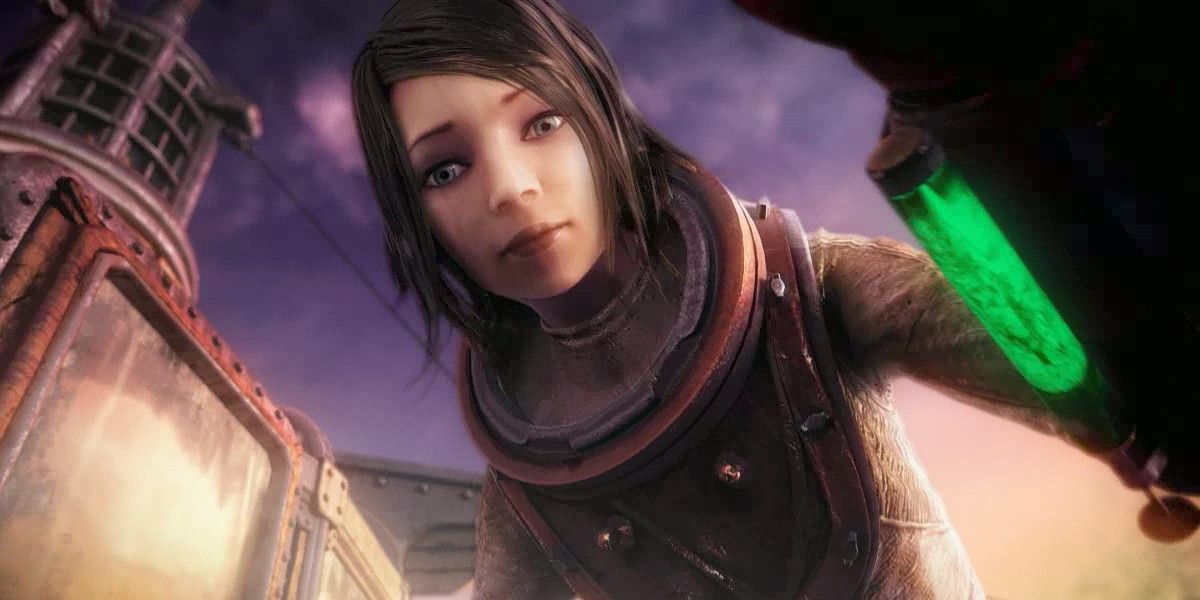In 2007, Irrational Games released a first-person shooter called BioShock, the spiritual successor to 1999's System Shock 2. Set in the underwater city of Rapture, an Ayn Rand Objectivist utopia gone horribly wrong, BioShock was praised for its gripping story, atmospheric world and the sheer charisma of its characters.
However, over time, players realized that without the brilliant presentation of Rapture and the intriguing mysteries surrounding the characters Andrew Ryan and Atlas, Bioshock's actual gameplay is rather average. Its shooting mechanics are half-baked, and several tonics and Plasmid combinations actually make the humble wrench one of the game's best weapons. On top of that, the game's most interesting mechanics are severely underutilized.
Three years later, 2K Marin released a sequel set eight years after Jack's escape from Rapture. BioShock 2 follows the adventures of Subject Delta, a prototype Big Daddy. Losing his connection to Eleanor Lamb, the Little Sister assigned to his protection, Subject Delta must traverse through the depths of Rapture and reunite with Eleanor as he shoots and drills his way through the hundreds of Splicers still fighting in the city. This won't be easy as, despite the deaths of Andrew Ryan and Frank Fontaine, a new threat has risen from their ashes and united the Splicers of Rapture: the collectivist Sofia Lamb.
BioShock 2 brings back several gameplay mechanics from the original game, improving and refining them with polish and care. Unlike Jack in the first game, Delta is able to wield weapons and Plasmids at the same time. There are also more Plasmids and weapons to use, which makes combat less clunky and more flexible. Hacking is also greatly improved, eschewing the repetitive pipe puzzle with a simple timing mini-game and allowing the player to hack from a distance. Even using a camera to research enemies is made better, replacing the photo camera with a video one so that the player doesn't have to take away their weapons just for a research bonus.
With Delta being a prototype Big Daddy, the player can now wield the weapons of the Bouncer and Rosie variants that plagued Jack's adventure, including the versatile Rivet Gun and the devastating Drill. However, despite this clear increase in power, players shouldn't be complacent -- combat is much more difficult now. There are more Splicers in every potential encounter alongside new variants, like the Brute, that make combat significantly more hectic. While Delta has generally more health and durability than Jack, he's not as much of a bullet sponge as his Big Daddy brothers, so players still needs to be cautious and prepared.
The mechanic of rescuing or harvesting Little Sisters returns with a unique twist: since Delta is a Big Daddy, players can "adopt" the Little Sister to guide them towards ADAM-filled corpses for the child to harvest. This leads to greater ADAM yields than in the original. However, Delta must protect the Little Sister from hordes of ADAM-greedy Splicers until she is done, at which point the player receives the option to either rescue or harvest the child for more ADAM. Once again, players must defeat the Big Daddy protecting the Sister and choose between harvesting and rescuing Little Sisters -- this time with more noticeable impact on the main story's ending.
Regardless of what the player chooses, however, completing all Little Sister encounters in an area will lead to a harrowing fight against a Big Sister, one of Rapture's new guardian protectors dedicated to protecting Little Sisters while harvesting stolen ADAM from Sofia Lamb's Splicers. Big Sisters are not only faster than Big Daddies, but significantly stronger, smarter, more durable and highly aggressive than their former guardians. Most encounters with Big Sisters are optional, but players who encounter one will need to prepare to face the game's most difficult enemies.
BioShock 2's detractors say that the game does not expand upon or innovate much from the original, sometimes citing an inferior story. This is somewhat true on the gameplay side -- there's almost nothing brand new aside from a few enemies. It simply refines gameplay mechanics that were already present to begin with. However, it's unfair to say that the story is significantly inferior, as BioShock 2's focus is not on the ongoing mystery of what happened in Rapture, but rather on reuniting a father with his daughter and what that means to the people around them.
It's interesting to see a world where Ryan and Atlas are no longer present, and the continued decay of the sunken city as Sofia Lamb manages to take control of what little in Rapture remains. With Lamb's ideology being the exact opposite of Ryan's, it's a tragedy to see Ryan's dream fail even further than it did before -- even if Lamb and Ryan are both terrible people. It's also nice to see Subject Delta's free will, and the way his actions affect the story make him a more layered character than the blank slate Jack was.
Alongside the outcomes of Little Sister encounters, there are unique NPCs that Subject Delta must choose to kill or spare. These also greatly affect the game's outcome. Every one of these non-spliced NPCs has a major stake in the story, and Subject Delta has especially compelling reasons to kill some of them. There's Grace Holloway (a former singer with a personal hatred for Delta), Alex the Great (a scientist spliced beyond recognition whose recorded former self asks Delta to kill him) and Stanley Poole (a cruel, sniveling coward who drowned hundreds of people to save himself).
The combination of saving or harvesting Little Sisters and sparing or killing important NPCs drastically changes the way Eleanor Lamb and other Little Sisters perceive both Subject Delta and the world around him. A sequence near the end of BioShock 2 allows Delta to take control of a Little Sister, viewing Rapture from the innocent eyes of a child who sees Delta as either a monster or a savior. In the end, after Eleanor becomes a Big Sister and escapes with Delta to the surface, Eleanor will either kill or rescue her mother, Sofia, and allow the player to decide their own fate.
While BioShock 2 is not as groundbreaking as the original game, calling it an inferior sequel is a disservice to its excellent gameplay and emotionally-resonant storyline that encourages player choice more than that of its predecessor. BioShock 2 deserves praise for its focus. It provides a fun second trip to the city of Rapture through a new set of eyes, which is especially great in light of the now-divisive Bioshock Infinite. The game's excellent visual storytelling and the way it encourages exploration and discovery makes BioShock 2 a worthy sequel and a fine shooter in its own right.




